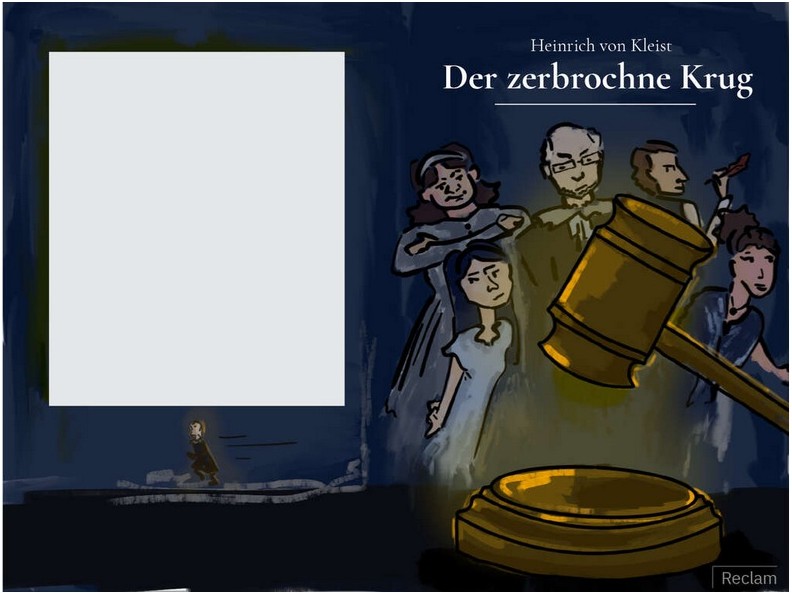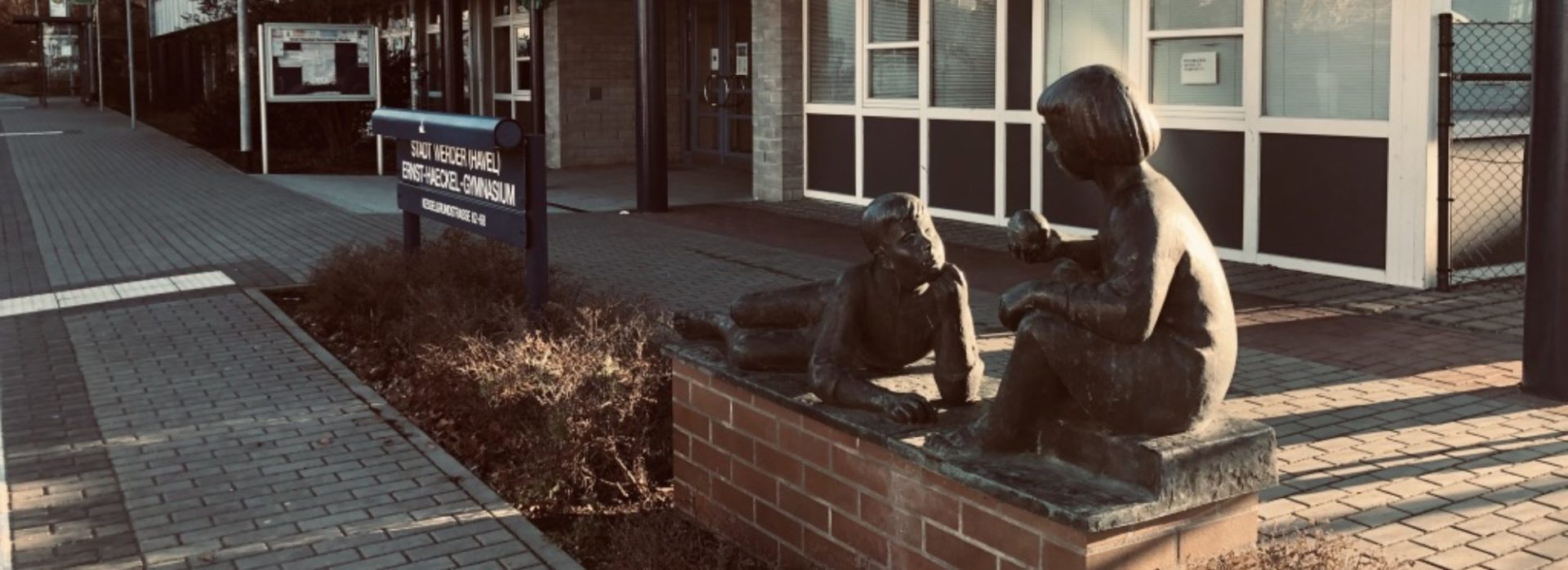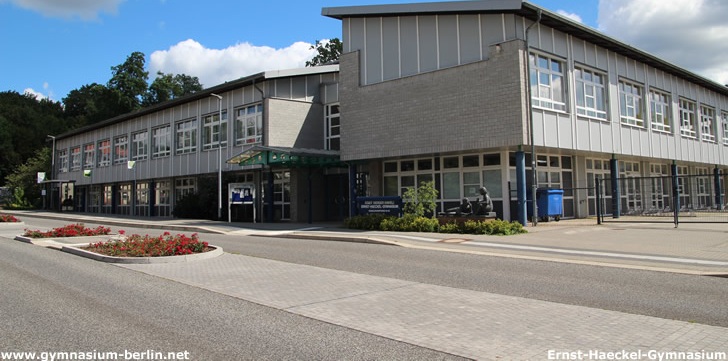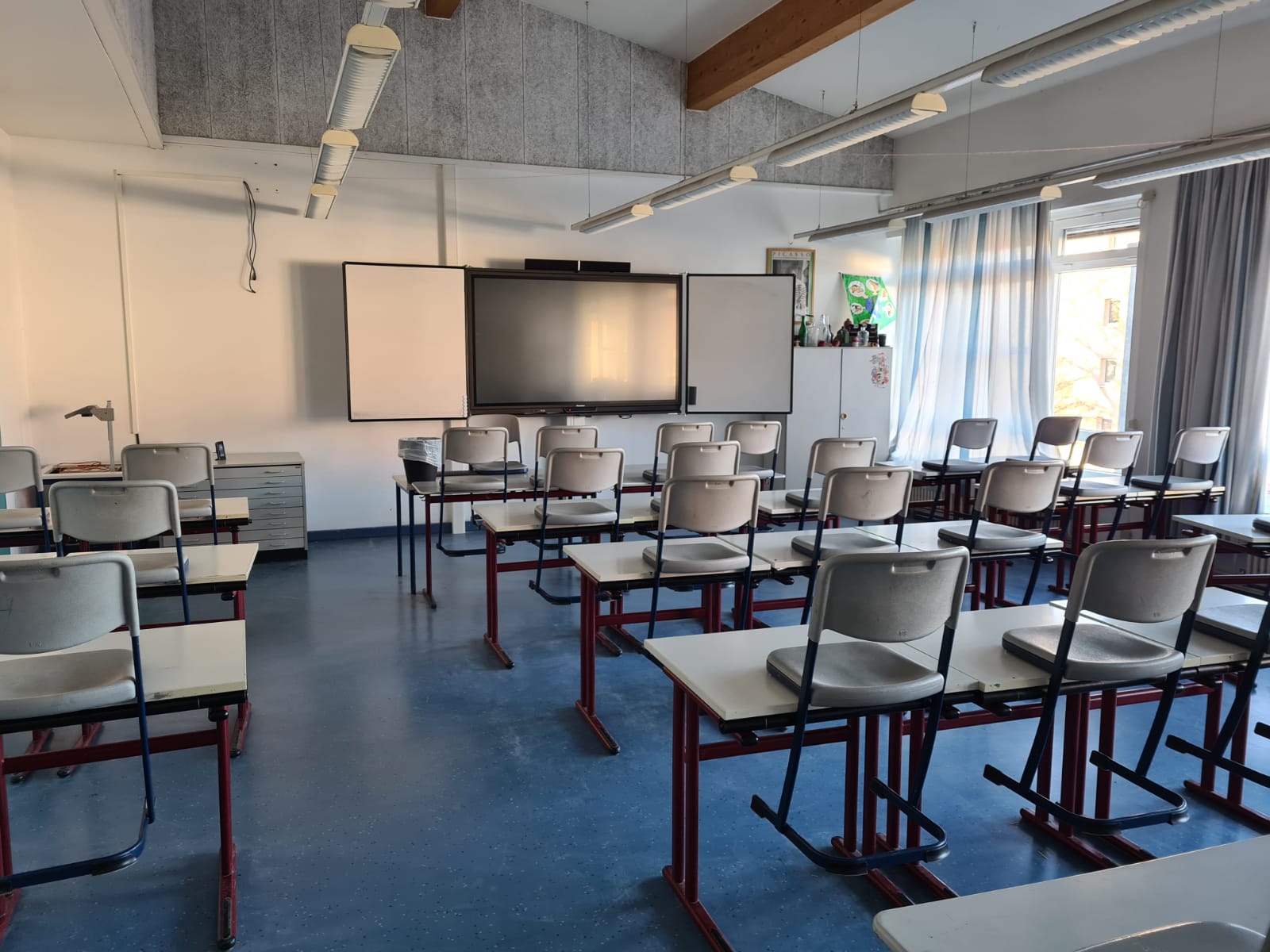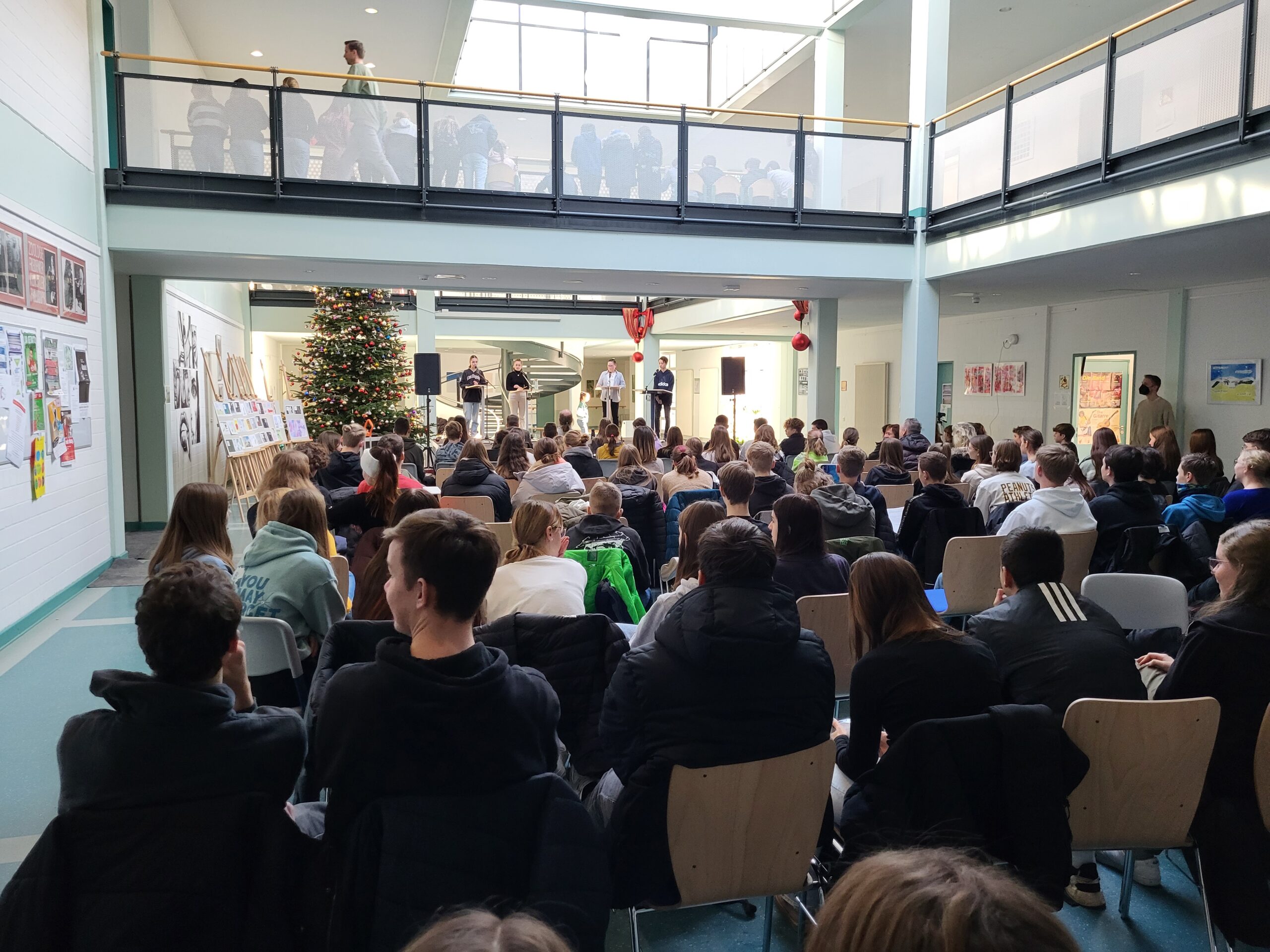Ernst-Haeckel-Gymnasium Werder (Havel)
Tag der offenen Tür am 13.01.2024
Nach der 4ten oder 6ten Klasse auf das EHG?
Sie interessieren sich für den Übergang nach der vierten oder sechsten Klasse auf das EHG? Dann schauen Sie sich doch an, was unsere Leistungs- und Begabungsklasse ausmacht oder warum sich ein Wechsel nach der Jahrgangsstufe 7 eignet.
Mehr Informationen zum Verfahren sowie die Chance an einem „Schnuppernachmittag“ teilzunehmen, sind hier aufgeführt:
Informationsabende-Ue5-und-Ue7-2Neue Podcastfolge „Eine Koalition voller Fettnäpfchen“ erschienen
Kaputtes Stadtbild, nach Belem soll niemand reisen, Streit um eine gute Wirtschafts- und Sozialpolitik und eine Migrationspolitik, die mehr nach AfD riecht, als es die AfD es sich wünschen würde – die ersten Monate der Koalition sind alles andere als der geforderte „Herbst der Reformen“.
Gemeinsam mit Anna Lehmann, Leiterin des Parlamentsbüros der TAZ, analysieren wir die bisherigen Reformen, bewerten die gemeinsame Arbeit und fragen uns – wie lange hält diese Koalition?
Music Mix im Scala Kulturpalast
Am 21. November verwandelte sich das Scala-Kino in Werder in eine Bühne für junge Musiker*innen aus der Kreismusikschule Potsdam-Mittelmark und dem Ernst-Haeckel-Gymnasium. Beim gemeinsamen Konzert Music Mix präsentierten mehrere Bands verschiedener Altersgruppen ein abwechslungsreiches Programm aus der Welt der Pop- und Rockmusik. Vom EHG waren zudem der Schulchor, das Ensemble „Melodienzauber“ der Projektwoche sowie der Musikkurs 12 vertreten.
Das jährlich stattfindende Konzert bot erneut eine wunderbare Gelegenheit für alle Mitwirkenden, in entspannter Atmosphäre vor größerem Publikum Bühnenerfahrung zu sammeln. Music Mix zeigte eindrucksvoll, wie Musik verbindet und wie viel Talent und Kreativität in unseren Schülerinnen und Schülern steckt.
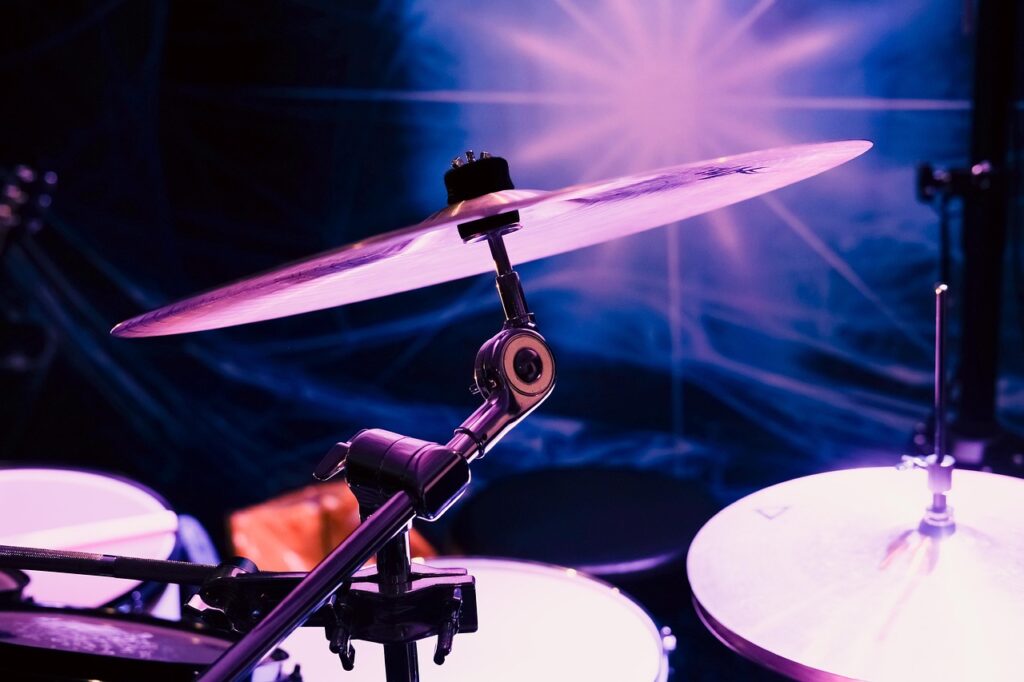
Quelle: lizenfreies Bild via Pixabay
Weihnachtskonzert 09.12.2025
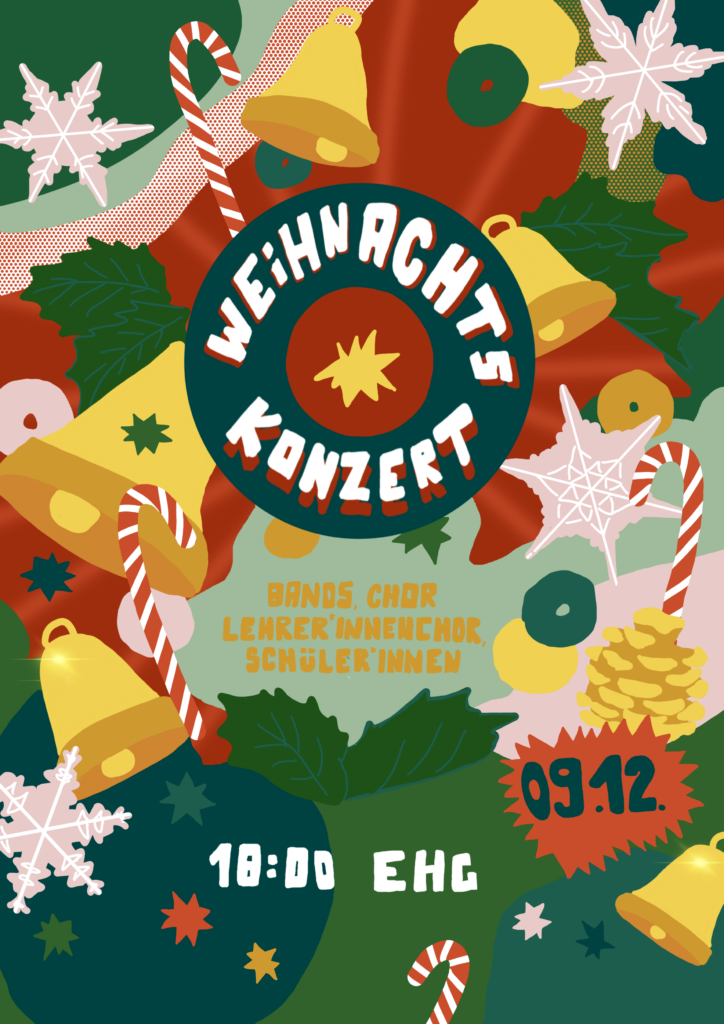
Erfolg beim Coverwettbewerb „Der zerbrochene Krug“
Der Reclam-Verlag hat nach dem besten Cover für das Drama „Der zerbrochene Krug“, der aktuell auch als Abiturlektüre gelesen wird, gesucht – und Zoe Müller aus der 12.Klasse hat mit Ihrer Interpretation einen tollen vierten Platz belegt. Mehr Infos sind unter https://www.reclam.de/coverwettbewerb-kleist zu finden.
